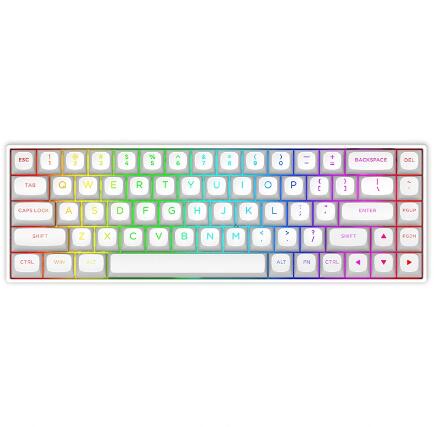Understanding the Difference Between a Magnetic Switch and a Traditional Mechanical Switch
2024-06-06
In the realm of electrical switches, two types stand out: the magnetic switch and the traditional mechanical switch. Both have their unique characteristics and applications, but there are several key differences that set them apart. Let's delve into these differences to gain a deeper understanding of each switch type.
1. Operating Mechanism
Magnetic Switch: A magnetic switch relies on the interaction between a magnet and a magnetic sensor to control the flow of electricity. When the magnet is in close proximity to the sensor, it creates a magnetic field that triggers the switch to close or open, depending on the switch's configuration.
Traditional Mechanical Switch: A traditional mechanical switch operates through physical contact between two or more metal contacts. The movement of a lever, button, or other actuator causes these contacts to come into contact or separate, thereby controlling the flow of electricity.
2. Actuation Force
Magnetic Switch: Magnetic switches require less actuation force to operate, as the magnetic field created by the magnet is relatively weak. This makes them suitable for applications where a light touch is desired, such as in touch screens or sensitive equipment.
Traditional Mechanical Switch: Traditional mechanical switches require a higher actuation force, as the physical contact between the contacts needs to be firmly established. This makes them more suitable for applications where a more robust and reliable connection is necessary.
3. Response Time
Magnetic Switch: Magnetic switches tend to have a faster response time compared to traditional mechanical switches. This is because the magnetic field created by the magnet is instantaneous, allowing the switch to respond quickly to changes in the magnetic field.
Traditional Mechanical Switch: Traditional mechanical switches have a slower response time due to the physical movement of the contacts. The time it takes for the contacts to come into contact or separate depends on the speed of the actuator and the force applied.
4. Durability
Magnetic Switch: Magnetic switches are generally more durable than traditional mechanical switches, as they have fewer wear points. The magnetic sensor and magnet do not experience the same level of wear and tear as the physical contacts in a mechanical switch.
Traditional Mechanical Switch: Traditional mechanical switches are prone to wear and tear over time, as the physical contacts can become worn or damaged through repeated use. This can lead to decreased performance or even failure of the switch.
5. Applications
Magnetic Switch: Magnetic switches are commonly used in applications where a fast and reliable response is crucial, such as in security systems, automatic doors, and industrial automation. They are also used in touch screens and other sensitive equipment where a light touch is desired.
Traditional Mechanical Switch: Traditional mechanical switches are widely used in various applications, including household appliances, light switches, and industrial equipment. They are suitable for applications where a robust and reliable connection is necessary, such as in motor controls and power distribution systems.
In summary, magnetic switches and traditional mechanical switches differ significantly in their operating mechanism, actuation force, response time, durability, and applications. Understanding these differences can help you choose the right switch type for your specific needs.



